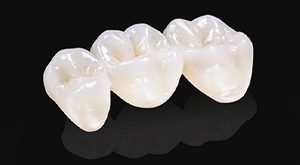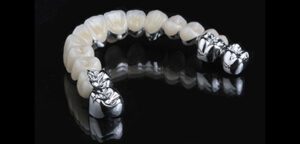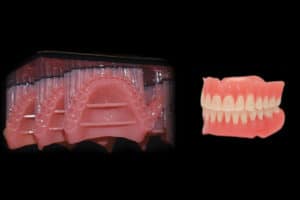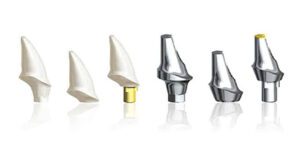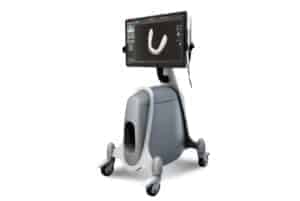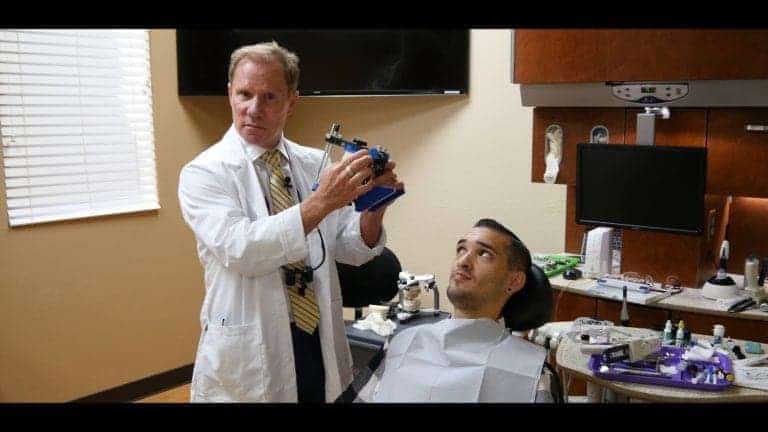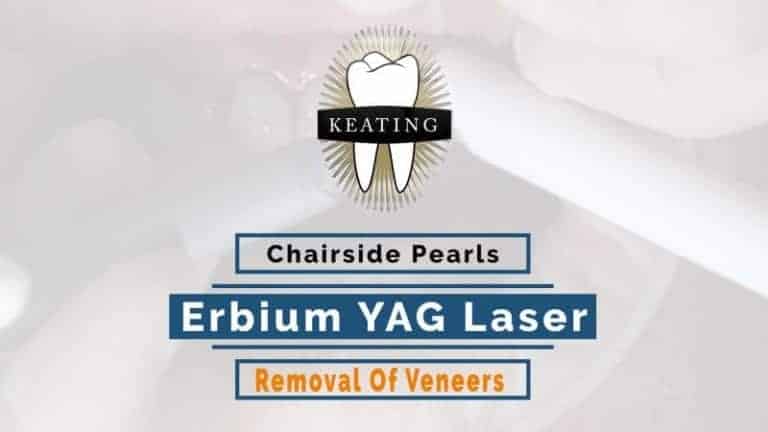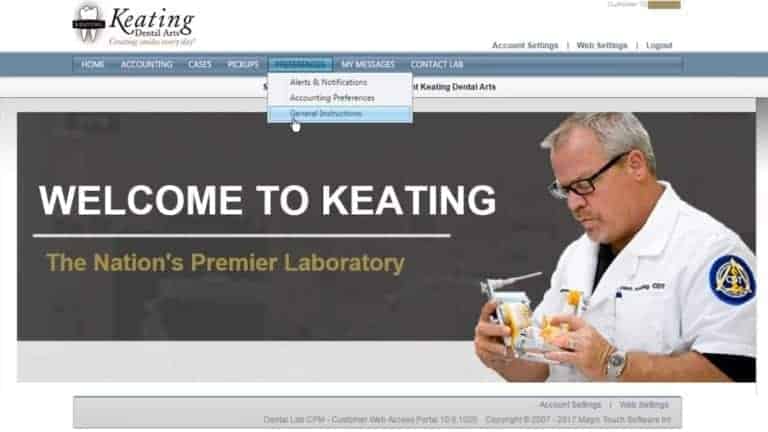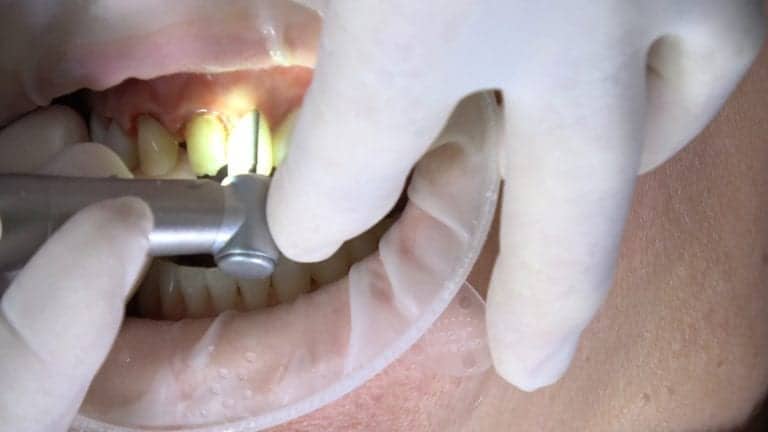The Kois Dento-Facial Analyzer System
Creating Smiles Every Day™
For more on the transfer methods to a dental lab visit our main site and contact us through there:
https://keatingdentallab.com/resources/kois_dento-facial_analyzer.php
Review the three video series above to gain a practical understanding of the system. In this 4K ULTRA HD Video tutorial, Dr David Hornbook demonstrates how this practical system can be used to facilitate your clinical evaluation of the patient and also to provide a complete set of data to your technician.
A simplified approach to a precise restorative road-map. The Kois Dento-Facial Analyzer system provides a quick and predictable means to comprehensively treatment plan your cases through an evaluation of a combination of craniofacial landmarks. Dr. Kois’ Analyzer allows you to register the unique relationship of the patient’s teeth to their face for esthetics (e.g. imagine a 3D stick-bite), as well as the teeth to an average axis of rotation for function.
Contact Us for More Information
If you have any questions regarding Keating Dental Lab dental technicians, contact us. We seek to provide value to your firm by providing the most aesthetically pleasing crowns for your patients. Give us a call at 800-433-9833 or contact us online today! https://keatingdentallab.com
Dento-Facial Analyzer System 4K ULTRA HD video tutorial performed by: David Hornbook DDS, FACE, FAACD
For more on the transfer methods to a dental lab visit our main site and contact us through there:
The Kois Dento-Facial Analyzer System registers and transfers the patient’s occlusal plane as well as tilts in the occlusal plane in three planes of space to the articulator related to an average 100mm axis-incisal distance. O-rings can be adjusted on the Vertical Indicator Rod to the patient’s facial landmarks for the evaluation of facial proportions. The height of the lip commisures can be measured from the Index Tray for marking on the study casts
The Kois Dento-Facial Analyzer is used with the Index Trays to register and transfer the patient’s occlusal plane as well as tilts in the occlusal plane in three planes of space to the articulator.
REGISTRATION:
- Having posterior portion of Analyzer Bow down out of occlusion, set incisal edge of maxillary incisors to the wall or ledge on Index Tray. This registers the in- cisal point of the average 100mm axis-incisal distance for function.
- Align Vertical Indicator Rod to patient’s facial mid- line to register the dental midline of the teeth to the frontal plane for esthetics. The Vertical Indicator Rod can be positioned posteriorly in keyway slot of Ana- lyzer Bow to be close to the patient’s nose.
- While maintaining incisal contact with the Index Tray and vertical rod alignment to the facial midline, rotate Analyzer Bow up in the posterior until the lateral wings are level to the horizon. This should be done while looking at the front of the patient. The Bioesthetic Level GaugeTM is not required. However, it can be added to verify that the bow is level in the sagittal plane.
- These procedures can be more simply done with the patient in a supine position. By doing this, the head is supported by the dental chair head rest. Align the incisal edge to the wall on the Index Tray. You can look at the vertical rod related to the facial midline better from behind the patient. Have the lateral wings hang straight down as you make the registration of the teeth.
- You have now captured the steepness and tilts of the occlusal plane in the registration material on the horizontally aligned Index Tray. Remove Index Tray from Analyzer Bow and send to the lab for mounting of study casts. This disposable Index Tray now becomes a per- manent bite fork registration record.

